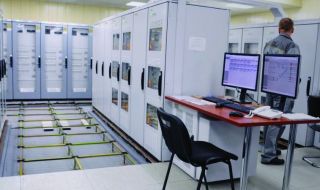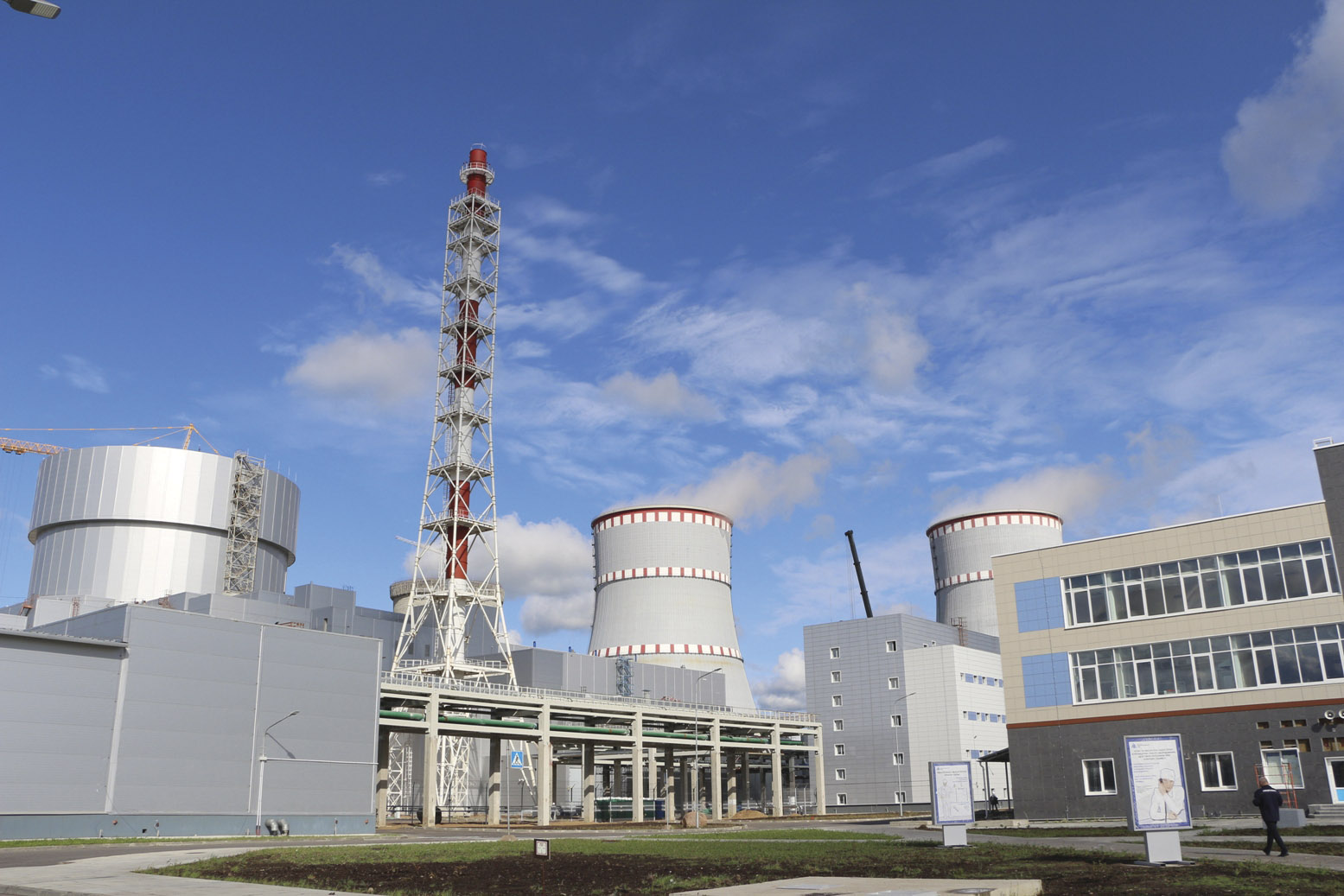IAEA Director General Grossi presented concerns to the agency’s board about Iran’s implementation of its nuclear-related commitments to the Joint Comprehensive Plan of Action.
Rafael Mariano Grossi, the International Atomic Energy Agency’s director general, called on Iran on March 9 to cooperate immediately and fully with the IAEA and to provide prompt access to locations that it has refused to let agency inspectors visit. “The agency has identified a number of questions related to possible undeclared nuclear material and nuclear-related activities at three locations that have not been declared by Iran,” Grossi said in his first address to the IAEA’s Board of Governors since being named director general in December.
Some of the ATF lead test rods supplied by Global Nuclear Fuel have been removed from the reactor for evaluation.
The lead test rods for the world’s first installed accident tolerant fuel (ATF) have completed a full cycle at Unit 1 of the Hatch nuclear power plant in Baxley, Ga. Southern Nuclear Operating Company operates the two-unit plant.
During a planned spring 2020 maintenance and refueling outage at Unit 1, operators transferred a sampling of the lead test rods from the reactor to the spent fuel pool. An initial inspection of the fuel in comparison to standard zirconium rods has been completed.
BWX Technologies, Westinghouse, and X-energy will have two years for design engineering before one mobile reactor could qualify for demonstration.
Three reactor developers got a boost on March 9 when they were each awarded a contract from the U.S. Department of Defense (DOD) to design a reactor that can fit inside a standard shipping container for military deployment. The DOD’s Strategic Capabilities Office (SCO), in partnership with the Department of Energy, proposes to build and demonstrate a 1–10 MWe reactor within four years that, if successful, could be widely deployed to support the DOD’s domestic and operational energy demands.
Thinking outside the box, the nuclear sector puts a new spin on a pharmaceutical tool.

Large-scale testing is done on the Spinionic rotating bed reactor system.
We live in a world where we are continually driven to increase efficiency while decreasing costs—to do more with less. The nuclear industry is no different. Developing innovative techniques or adapting creative ideas found in other industries can support that pursuit to reduce cost and, in this case, volumes of waste, while providing program certainty. Such actions build confidence in our industry and allow nuclear power to continue to be part of the narrative of our clean-energy future.
Game changer in addressing I&C common cause failure protection Game changer in addressing I&C common cause failure protection and diversity requirements implementation
List of authors:
- Mr. Ievgenii Bakhmach, “RPC Radics” LLC, Chief Executive Officer
- Mr. Ievgen Brezhniev, “RPC Radics” LLC, Strategic Marketing Director
- Mr. Vyacheslav Kharchenko, Director of Scientific and Technical Center, PC “RPC Radiy”
- Mark J. Burzynski, SunPort, Chief Executive Officer
- Sean Kelley, SunPort, Chief Operating Officer
Radiy is proud to present the RadlCS Digital Instrumentation and Control (l&C) Platform that was approved by the U.S. Nuclear Regulatory Commission (NRC) on July 31, 2019.
The DOE’s Transformational Challenge Reactor program is harnessing recent advances in manufacturing, materials, and computational sciences to rapidly build and operate an advanced reactor core.

The TCR program is leveraging an agile approach—one that is centered around continuously informing the process—to accelerate deployment timelines and introduce performance improvements. Image: Adam Malin, ORNL
Soon after Enrico Fermi’s Chicago Pile-1 went critical for a brief duration in December 1942, the construction of the first continuously operating reactor, the X-10 Graphite Reactor, was initiated in February 1943 at Clinton Engineer Works in Oak Ridge, Tenn. On November 4 of that year, a mere nine months after the start of construction, the reactor began operation. This marked the onset of what Alvin M. Weinberg referred to as “the first nuclear era,” during which many reactors of various designs and operating parameters were built and demonstrated across the United States. Forty years ago, the Fast Flux Test Facility was the last U.S. non-light-water reactor to reach criticality, and it has since been decommissioned.
The partial collapse of PUREX Tunnel 1 in 2017 prompted a review of Hanford’s maintenance of the site’s unused, contaminated buildings.
A report released to the public on February 20 by the Government Accountability Office concluded that maintenance inspections at several contaminated excess facilities at the Department of Energy’s Hanford Site, near Richland, Wash., have not been comprehensive and that there are areas of some facilities that personnel infrequently or never enter, either physically or by remote means, to conduct inspections. The GAO reviewed surveillance and maintenance (S&M) requirements and activities at 18 of Hanford’s approximately 800 excess facilities that require cleanup and found that improvements to the site’s S&M program are needed.
the China National Nuclear Corporation (CNNC), a key hot performance test was conducted on Unit 5 of the Fuqing nuclear power plant in Fuzhou, in East China’s Fujian Province, on March 2. The CNNC said it is the world’s first nuclear power project using Hualong One technology, also known as HPR 1000, a third-generation reactor design developed by China. A total of five nuclear power units adopting HPR 1000 technology are under construction by CNNC in China and other countries.


 Bag-out operations can pose many issues to the TRU waste handling and disposal process. Among these are operator and facility safety, operational time, excess waste volume, and increased shipping costs to a waste repository.
Bag-out operations can pose many issues to the TRU waste handling and disposal process. Among these are operator and facility safety, operational time, excess waste volume, and increased shipping costs to a waste repository.


